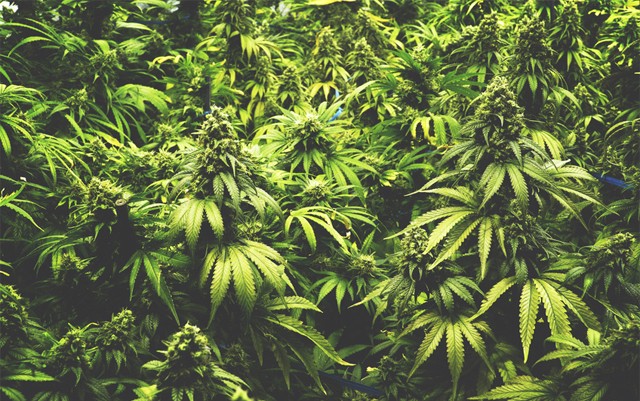One of the legitimate concerns when it comes to marijuana legalization is the amount of natural resources being used up by cultivation facilities. Since most marijuana cultivation in the last few decades has been done in people’s basements, there is not a lot of information to go off of when it comes to a “standard” for growing cannabis – at least not in the same way there is for many other agricultural crops. Around 45% of a grower’s business costs go to the electricity alone – and it makes up roughly 2% of Colorado’s overall electric usage.
The good news – there is a way to establish some sort of standard for people to follow – but it is all trial and error and currently everyone has their own opinion on the best way to grow their bud. In Oregon, a task force made up of cannabis cultivators, agency representatives and lawmakers has been established for exactly that task. They hope to start off educating growers on existing agricultural rules and practices, while attempting to finally set a “baseline” of sorts specific to cannabis.
When it comes down to it, things can vary drastically from one cultivation site to the next. One person may use basic LED lights and only a gallon of water a day per plant – the next may use a brighter light and anywhere between 5 and 9 gallons of water a day for each plant. If there were a standard – to grow the best quality with the least necessary resources – then perhaps there would be a way to reduce the amount of resources used, benefiting both communities and growers alike.
Greenhouses offer potential to significantly cut down on the impact of large cultivation sites – unfortunately, outdoor grown bud is not nearly as popular in the dispensaries as the indoor grown, the main reason being outdoor grown bud has gained a reputation for being “not as good”. However, according to one task force member, Jared Watters, dispensaries have sold outdoor grown bud as indoor and the customers don’t question the difference.
Bringing more of cannabis cultivation outside in greenhouses – especially for those hoping to have a large cultivation site – could be the best way to cut down on the amount of natural resources being used. The task force hopes to have a baseline setup for water and light consumption and plan to offer a free, voluntary certification available to cannabis cultivation businesses.
“But there are a lot of other things we just don’t know,” he said. “It’s hard to incentivize people to do particular things when you don’t know what the baseline is.”
Hopefully this Oregon task force will help to create a standard that can eventually be reached in the state – if it proves effective enough then who knows, it could become a standard for the industry as a whole. Finding a way to not only provide more consistency in products, but also to help reduce the amount of resources used as well.







Lowest yields are 0.75lbs for about 2.3 months of flower. Typical yields are 1.25lbs. Its about $50/mo to run 1k flower. Throw in veg for about $30/mo to support the flower run and you got average $80/mo. Your average flower run will be 2.2 months. You end up with $160 in electric for 1.25lbs of finished product. Average ins get about $1600-1800/lb. LED’s cost the same but the energy is saved in exchange for much much higher up front capital costs. $2k/1kwh of quality diodes. You have to run LED at about 65% of the intensity of HID.
Most Oregon greenhouses will require heating and lighting to be as productive as indoor facilities. Outdoor operations will need greenhouses or indoor facilities to keep up with indoor producers.
Greenhouse and outdoor producers are at a long term disadvantage with their IPM programs. Their current success will not last as the industry grows. Pests will become increasingly difficult to keep under the strict control that chronic requires.
It is true though, it is possible to pass some outs as ins. Thats infrequent though. I can do it, but if you want it on the reg, the requirements make it such that you might as well run ins.